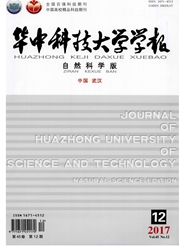

 中文摘要:
中文摘要:
在板材渐进成形工艺中,回弹是影响板材渐进成形件质量的一个重要因素。为了设计板材渐进成形过程中的工具路径,精确地预测和控制回弹很有必要。利用三维弹塑性有限元模型模拟渐进成形工艺,并将回弹角的模拟结果与实验结果进行比较,结果吻合得很好,说明本有限元模型是有效的。提出一种耦合人工神经网络和有限元法的技术(FEM-PSONN)模拟并预测不同工艺参数下制件的回弹量,利用粒子群优化算法优化神经网络模型的权重和阈值。神经网络根据有限元模拟计算的样本库进行训练,结果表明利用FEM-PSONN模型能更准确地预测回弹。
 英文摘要:
英文摘要:
In the incremental sheet forming (ISF) process, springback is a very important factor that affects the quality of parts. Predicting and controlling springback accurately is essential for the design of the toolpath for ISF. A three-dimensional elasto-plastic finite element model (FEM) was developed to simulate the process and the simulated results were compared with those from the experiment. The springback angle was found to be in accordance with the experimental result, proving the FEM to be effective. A coupled artificial neural networks (ANN) and finite element method technique was developed to simulate and predict springback responses to changes in the processing parameters. A particle swarm optimization (PSO) algorithm was used to optimize the weights and thresholds of the neural network model. The neural network was trained using available FEM simulation data. The results showed that a more accurate prediction of s!oringback can be acquired using the FEM-PSONN model.
 同期刊论文项目
同期刊论文项目
 同项目期刊论文
同项目期刊论文
 期刊信息
期刊信息
